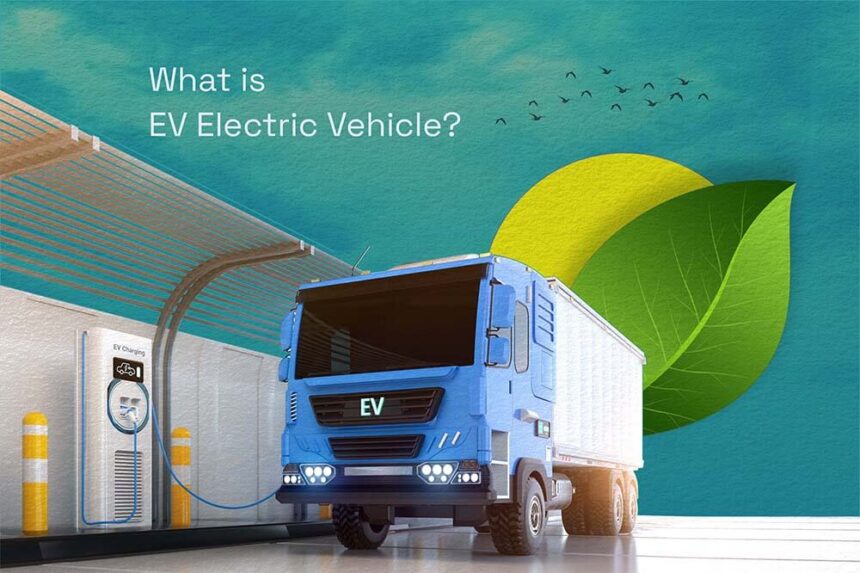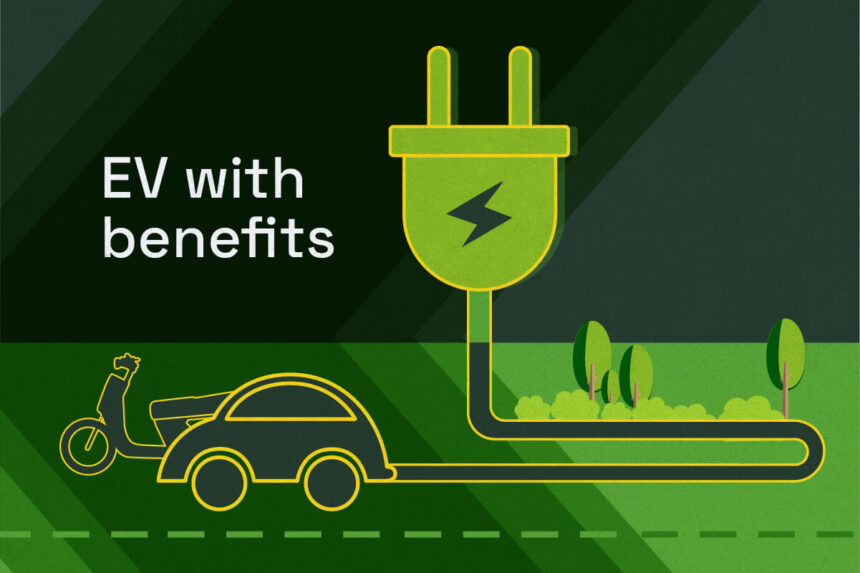An important question that comes up as the world moves toward electric vehicles (EVs) is what happens to the batteries when they are no longer suitable for use in EVs? The answer is found in the novel idea of second-life batteries. Through resource optimization and waste reduction we can make a substantial contribution to a sustainable future by repurposing used electric vehicle batteries. How repurposed batteries can power a sustainable future is shown here.
Recognizing Recycled Batteries.
In essence second-life batteries are EV batteries that still have a substantial amount of storage capacity even after they have reached the end of their useful life for use in automobiles. When an electric vehicle batterys capacity falls to approximately 70–80% of its initial state it is generally deemed unfit for use in vehicles. These batteries can be reused for a variety of purposes extending their life and optimizing their value as opposed to being thrown away.
Second-Life Battery Benefits.
Reduction of Environmental Impact:. Reusing EV batteries contributes to a decrease in electronic waste and the negative environmental effects of mining and producing new batteries. We can reduce the requirement for raw materials and preserve natural resources by reusing these batteries.
Economicalness:. Reusable batteries offer an affordable option for storing energy. They bring down the cost of renewable energy projects because they are less expensive than brand-new batteries. The use of renewable energy sources like solar and wind power which call for effective energy storage solutions can be accelerated by this affordability.
Solutions for Energy Storage:. The use of second-life batteries in stationary energy storage systems is among their most exciting uses. These devices provide a steady and dependable power supply by storing excess energy produced by renewable sources and releasing it when needed. They can improve the overall resilience and efficiency of the power grid by being used for backup power peak shaving and grid stabilization.
Support for Renewable Energy:. Recycled batteries have the capacity to retain energy produced by sporadic renewable energy sources such as solar and wind mitigating fluctuations in supply and offering a steady power source. This storage capacity makes it possible to integrate renewable energy sources into the grid and create a more dependable and sustainable energy system.
Applications in the Community and Industry:. Using second-hand batteries can improve access to electricity and boost local economies by offering dependable and reasonably priced energy storage solutions in underserved or remote areas. Second-life batteries can help industrial facilities manage their energy consumption more effectively which lowers costs and improves sustainability.
Applications in the Real World.
The potential of second-life batteries is already being tapped by a number of businesses and organizations.
Nissan and Eaton:. Utilizing the second-life batteries from Nissan LEAF EVs Nissan and Eaton have created the xStorage Home a residential energy storage system. Homeowners can lower their carbon footprint save money on electricity and store energy with this system.
Ford and Powervault:. Renault and Powervault have teamed up to convert EV batteries into energy storage units for homes. Homeowners energy independence can be increased by these devices which can store solar energy and offer backup power during blackouts.
Nunam along with Audi:. In order to give off-grid communities sustainable energy options Audi is collaborating with the startup Nunam to distribute used batteries throughout rural India. This project exemplifies how used batteries can enhance energy accessibility and promote sustainable development.
Issues and Prospects for the Future.
Even though second-life batteries have enormous potential there are some issues to resolve.
Safety and Standardization:. To guarantee safety and dependability standardized procedures must be created for testing repurposing and certifying second-life batteries. Strict safety guidelines and procedures need to be put in place in order to guard against mishaps and guarantee the longevity of these batteries.
Regulatory Assistance:. To encourage the use of second-life battery solutions governments and regulatory agencies must develop incentives and policies that are supportive of this strategy. Their widespread use can be facilitated by providing clear guidelines for the handling transportation and recycling of these batteries.
Technological Advancements:. To increase the effectiveness capacity and longevity of second-life batteries more research and development are required. The performance and usefulness of these repurposed batteries can be improved by advancements in energy management systems and battery technology.
Conclusion
A big step in the direction of a circular economy and sustainability is represented by second-life batteries. We can cut expenses minimize waste and aid in the switch to renewable energy by recycling old EV batteries. The potential for recycled batteries will only increase as technology develops and legal and regulatory environments change enabling a more environmentally friendly and sustainable future.






